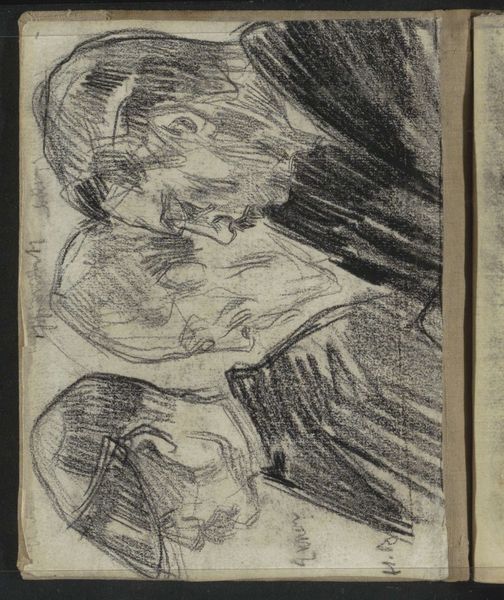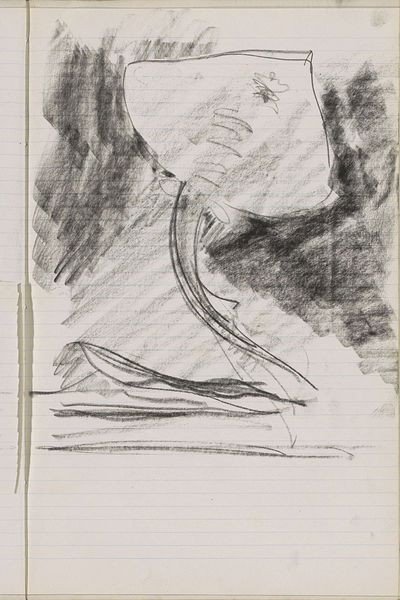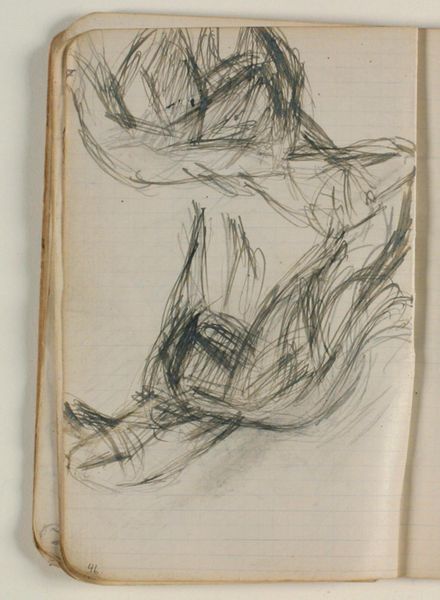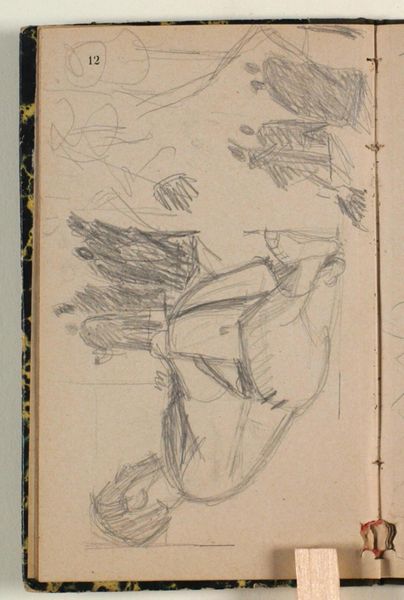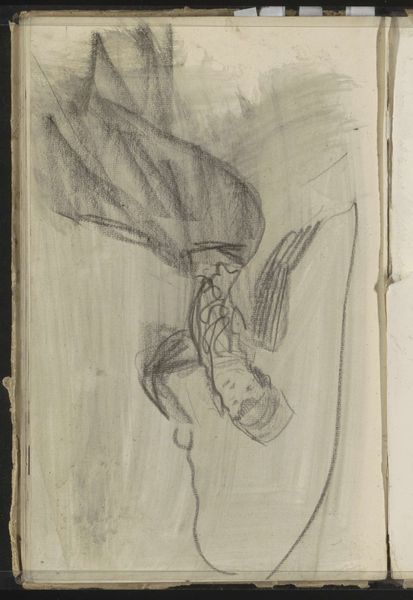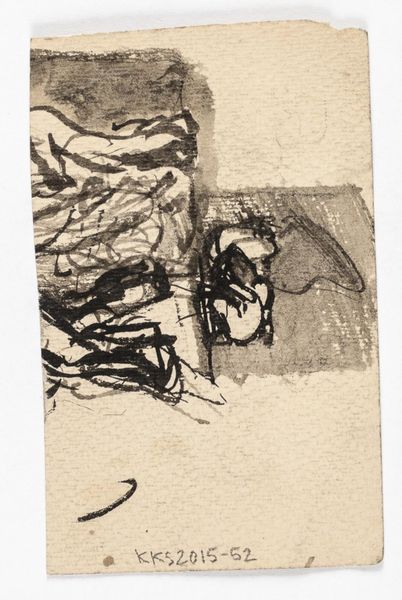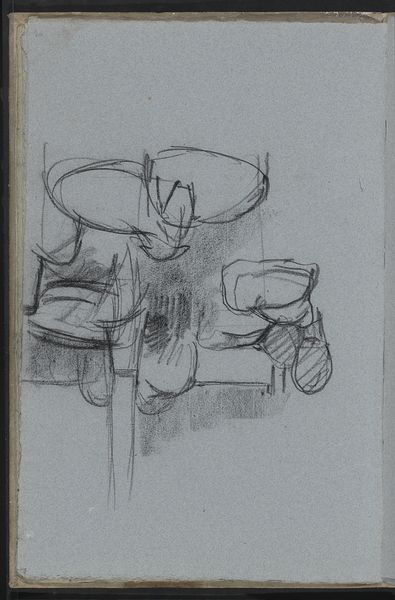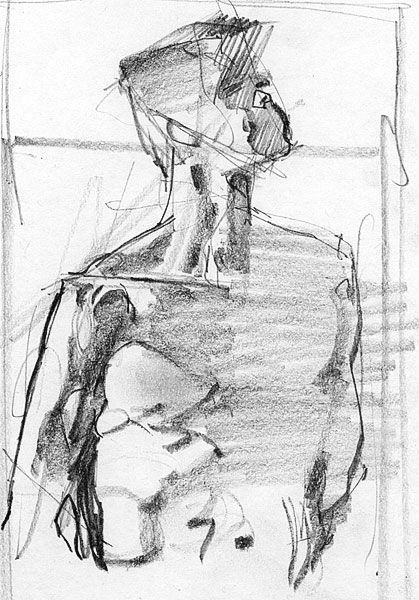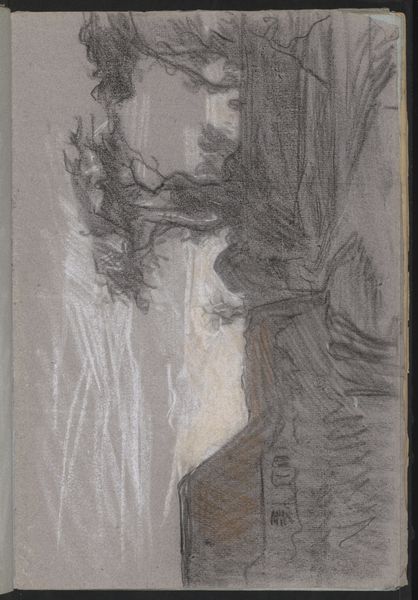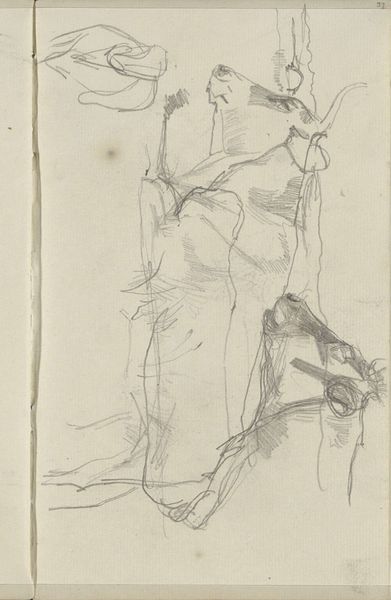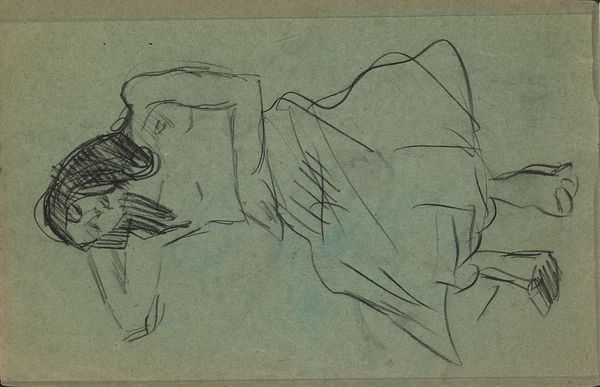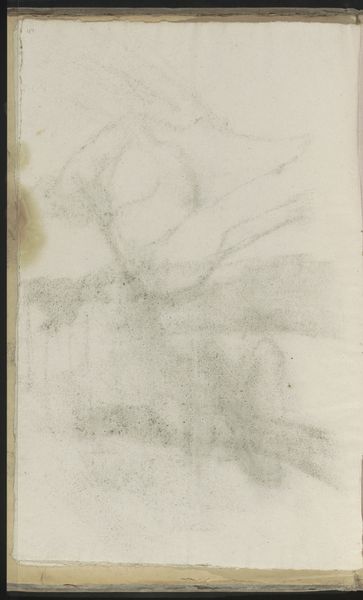
drawing, pencil
#
portrait
#
drawing
#
war
#
figuration
#
sketch
#
pencil
#
history-painting
#
realism
Copyright: Creative Commons NonCommercial
Editor: So, this is Alfred Krupa’s "Wounded at Partisan Hospital" from 1944. It’s a pencil drawing, and the composition, even though it’s a sketch, is immediately affecting, conveying suffering. It's quite visceral. What strikes you about it? Curator: Indeed. Its power lies in its raw immediacy. Krupa made this in 1944. What do you know of partisan hospitals during WWII? These hospitals, often makeshift and hidden, became crucial sites of resistance. The sketch's style, reminiscent of realism, underscores the socio-political environment, advocating the politics of imagery, in that it aims for authentic and accessible representation of the everyday person impacted by the reality of war. Editor: So the rough, unfinished quality isn’t just a stylistic choice, but perhaps a reflection of the circumstances of its creation and reception? Curator: Precisely. Consider where this might have been displayed, and to whom. The drawing offers a form of visual testimony, functioning as a powerful statement regarding human resilience within incredibly challenging situations. I'd be interested in considering the artist's agenda or intent while drawing this. Did this challenge conventional heroic war imagery? Editor: I guess it definitely moves away from glorifying war; there’s no triumph here, just survival. It invites a more human and somber engagement. Did artwork like this usually circulate openly at this time? Curator: That's very insightful. It likely would have been shown among like-minded people initially, as well as potentially after the war once the artist was known, due to its sympathetic take on the war. How might that affect its interpretation then and now? Editor: I hadn't thought about the change in the sociopolitical landscape over time, and how that affects artwork created in these times. Curator: Context is essential when viewing pieces that challenge cultural conventions.
Comments
No comments
Be the first to comment and join the conversation on the ultimate creative platform.
